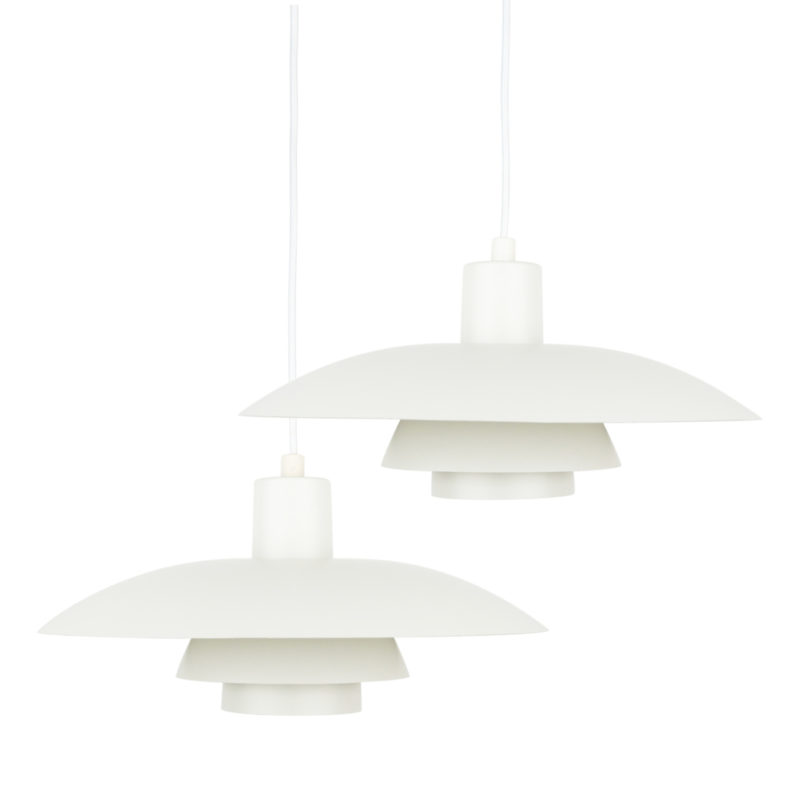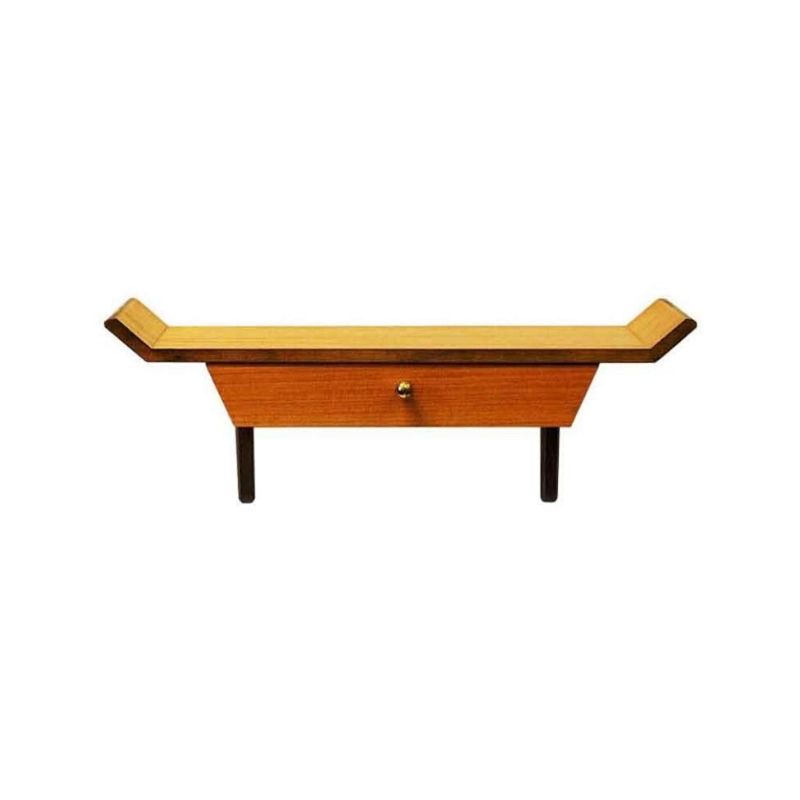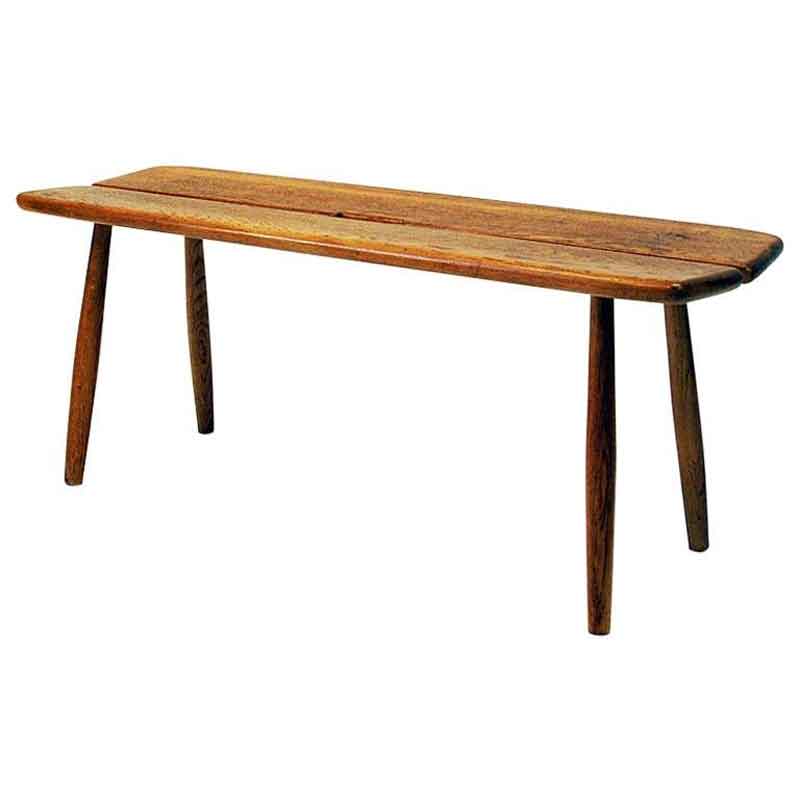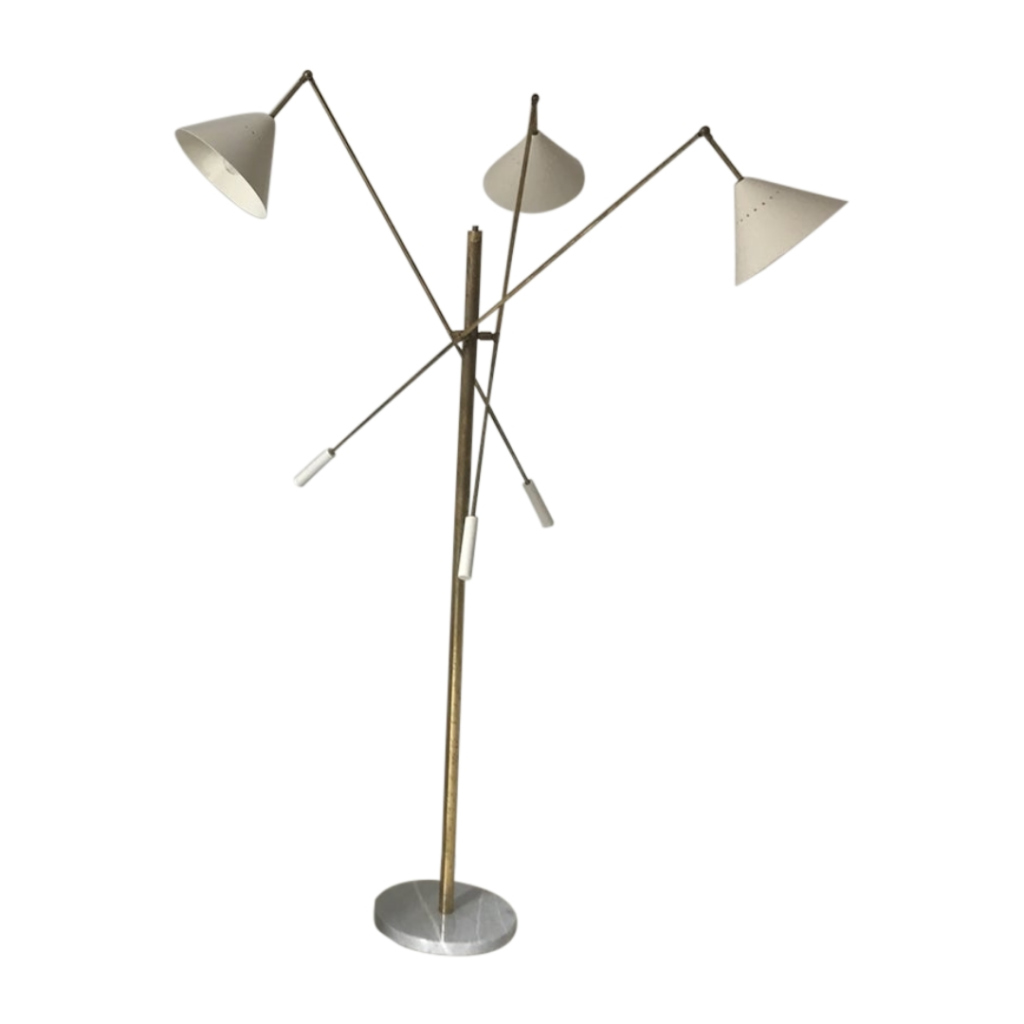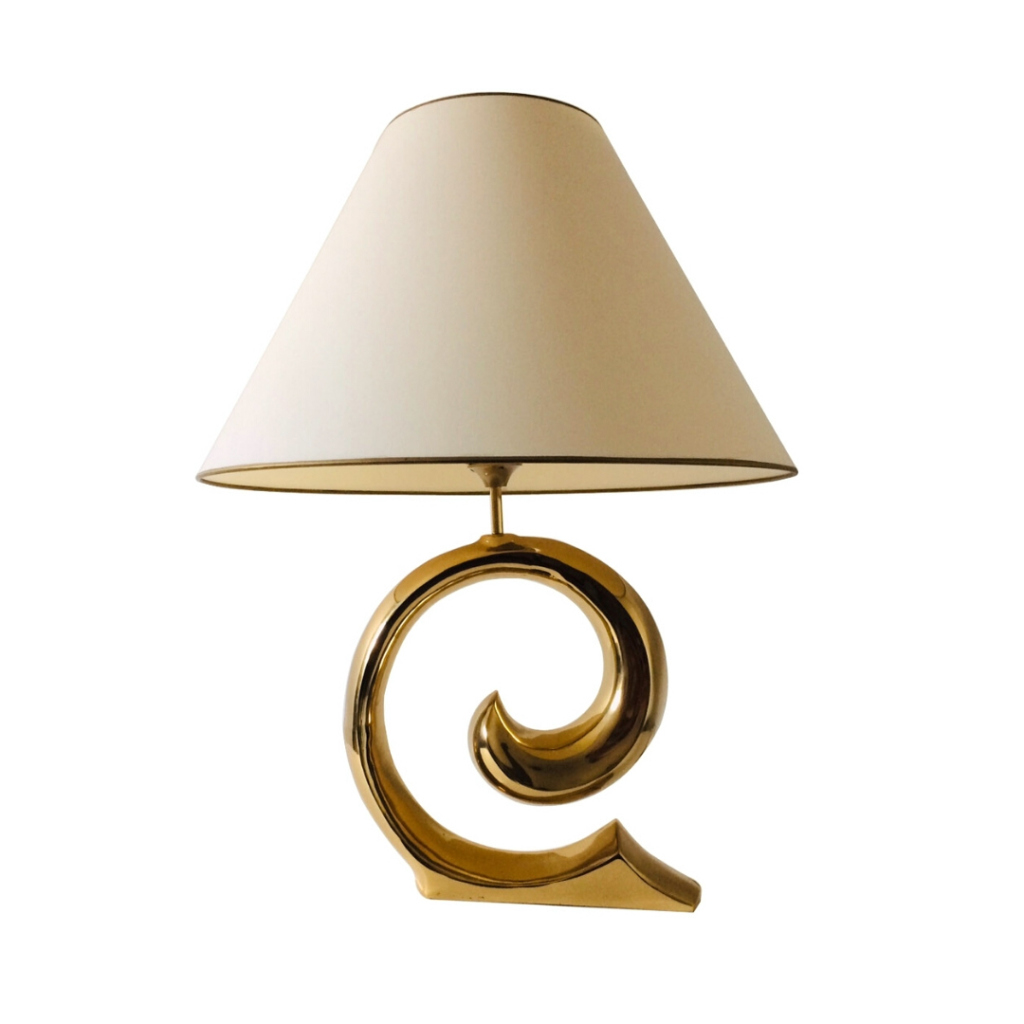Tomado's the stringiest of the three, with its double-wires
-employed, presumably, so shelves may sit side by side at the same height, seeing as how the shelves hang from hooks on the horizontal wires. I guess that's the flaw inherent in all three designs (?): a single uninterrupted shelf can't span across the rails. String & Ladderax won't permit side-by-side shelves, Tomado "cheats" by incorporating a redundant second set of wires.
Couldn't find much info about when Tomado was designed, just "1950's-60's" by one D. Dekker.
I guess it's safe to assume that Ladderax and Tomado took their inspiration from String then, eh? Not sure why I feel compelled to figure out the time-line; just to give credit where credit's due, I guess.
It's easy to
think of a shelf hardware design which would allow two adjacent shelves to hang from a single wire -- analogous to the design of ganging chairs. That said, it's possible that the Tomado was designed both to provide a more direct solution to that problem, and to sidestep accusation and lawsuit re patent infringement. The stylistic similarity to String is unmistakable !
@jesgord: sorry, I was...
@jesgord: sorry, I was meaning to point out the correct name of the designer, but instead confused things further...
@whc: I believe the very 1st edition String shelves had identical hardware, but very soon Strinning updated his design by placing the 'hangers' on each side of the wood shelf differently, making it possible to create a single uninterrupted shelf across several sections.
Royal system madness - How to put up the magazine shelf?
I am in the process of putting together a Royal system and I can't figure out how the magazine rack mounts. I am losing my mind. Can someone please post a photo of how this works? Maybe I am missing the piece needed or maybe I am just not as clever as my mom always said I am. Poop.
Omni/ Comprehensive Shelving System-- George Nelson
I know Omni preceded CSS by about a year (1955/1956?). As I understand it, the Omni System was strictly tension (spring) mounted on poles, the CSS is a pole system where the poles are buttressed to the wall? (I've come across units online that are purported to be GN Omni that are free-standing-- perhaps just a bum-attribution, like the George Nelson doggie night lights?)
Is the Omni System as structurally temperamental as one would guess? Page 125 of "George Nelson: The Design of Modern Design" (see below) recounts two user stories of unprovoked Omni & CSS crashes. Can any Omni/ CSS owners confirm or deny the purported instability?
Both designs are very different from Cado or Knape in that the bracket arms point IN toward the wall, the other system's rails are anchored to the wall & the arms point outward. I prefer the rail placement of Cado & Knape-- better structurally, and the George Nelson rails only serve to obstruct the shelves & cabinetry. Why design it this way when the rails can instead reside out of the way of the user, along the wall?
OMNI, CSS >>>
http://books.google.com/books?id=FkTqjE2X7KUC&dq=george+nelson&q=omi+#v=...
My CSS is rock solid. It may ...
My CSS is rock solid. It may have something to do with the weight of the components that are being used.
The first reason I can think of for having the poles on the outside has to do with where the downward pressure on the components is coming from. If you have a desk attached your elbows are resting on the edge and having the poles as close to that pressure would eliminate "pulling out" of the wall mounted brackets. The same thing I would think for larger/heavier objects on shelves.
Other reasons:
Less damage to walls?
Looks better:)
Nelson did include wall mounted brackets as an alternative to the poles that I believe were intended for commercial use.
The only Omni I have is a single pole lamp that is spring tensioned. I'm sure it was designed to be used with other poles in a system but it is being used much like any other spring tension pole lamp. It's not going to fall over but it will spin on its axis.
Our house includes what I consider to be prototypes for the CSS style poles (hard to confirm due to proximity of dates) built from off the shelf components using Capital brackets and channel, rectangular aluminum tubing and custom made redwood shelves.
The E-Z Shelving Systems bracket and upright design originated around 1945. Standard Steel Works of North Kansas City (USA) marketed the product commercially for a few decades. My father purchased the rights in the early 70's and designed the metal shelf that's in use today.
The design of the "clamp halves", that secure the brackets to the uprights, has been re-done for production in a punch press and appears quite different than in the Popular Mechanics ad.

If you need any help, please contact us at – info@designaddict.com



